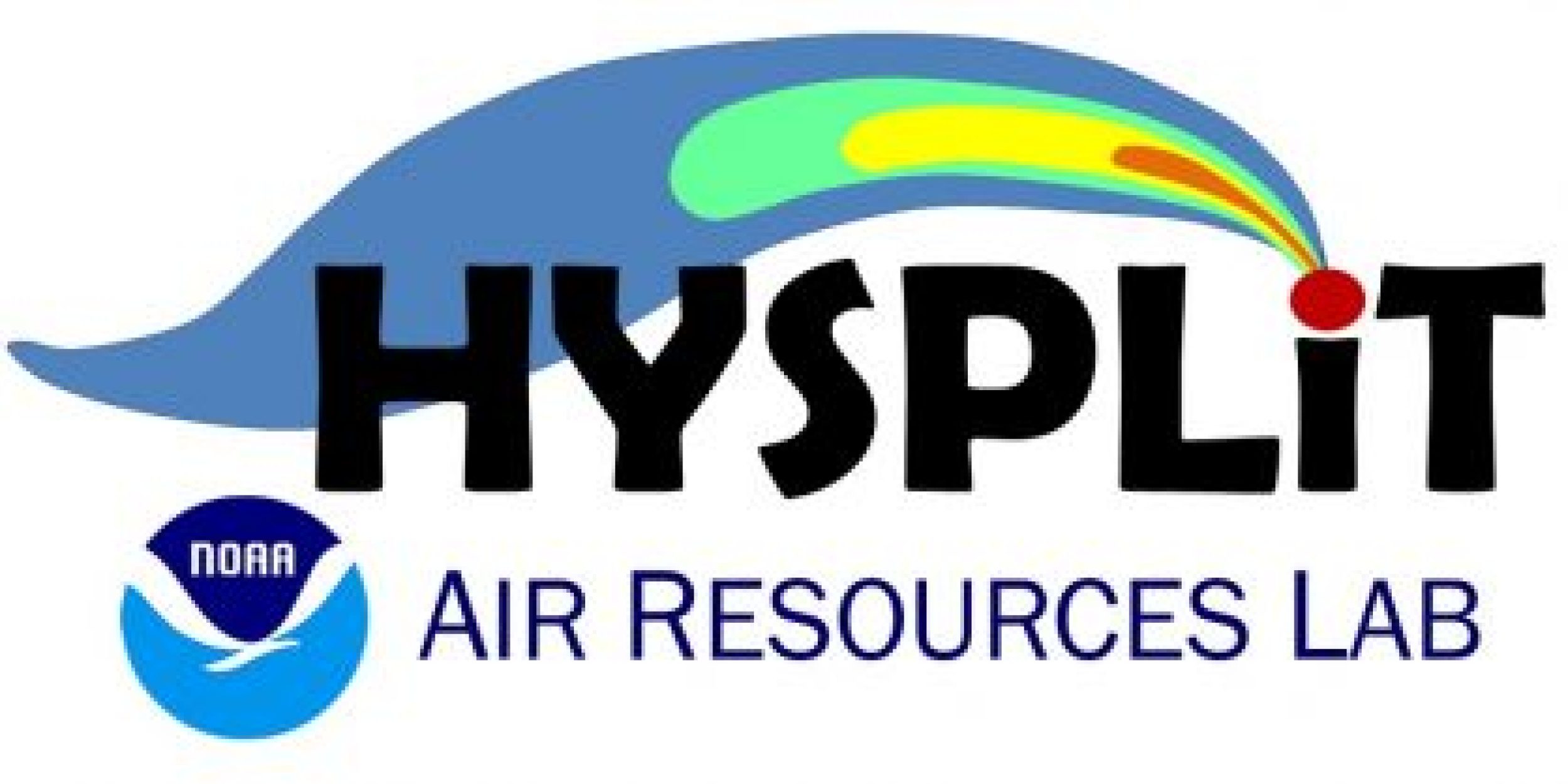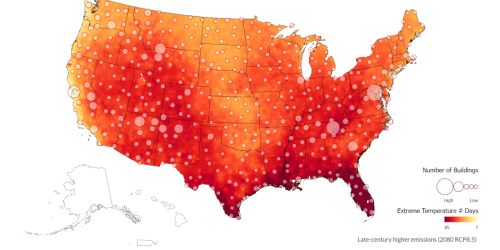NOAA’s Air Resources Laboratory (ARL) developed and maintains the HYSPLIT (Hybrid Single-Particle Lagrangian Integrated Trajectory) atmospheric dispersion model. Recent work partially supported by CPO’s Atmospheric Chemistry, Carbon Cycle, & Climate (AC4) program integrated features from a widely-used greenhouse gas emissions model into HYSPLIT, demonstrating how competitive grant projects entrain science into NOAA assets. This is highlighted in a recent study published in the Journal of Applied Meteorology and Climatology. ARL’s HYSPLIT model simulates a range of atmospheric features such as emissions, transport, dispersion, deposition, and chemistry. The model is used for both operational and research dispersion products. For instance, NWS uses HYSPLIT products to forecast the transport and dispersion of hazardous materials from industrial accidents to protect lives and property. In the study, researchers Christoper Loughner and Stein Stieng from ARL and Benjamin Fasoli and John Lin from University of Utah incorporate features from the STILT greenhouse gas emissions model into the HYSPLIT model. The STILT (Stochastic Time-Inverted Lagrangian Transport) model has been widely used to interpret greenhouse gas observations and estimate their emissions. The atmospheric dispersion component of STILT, however, was built with what is now considered legacy code; it lacks institutional and long-term support for updates. Integrating STILT into HYSPLIT enabled STILT’s useful features to be maintained and updated within NOAA ARL. The researchers also compared the options incorporated from STILT with the existing features from HYSPLIT, demonstrating how the integration resulted in both improved and statistically similar features. Read the article »
Competitive Grant Project Brings Additional Features to NOAA’s HYSPLIT Atmospheric Model











